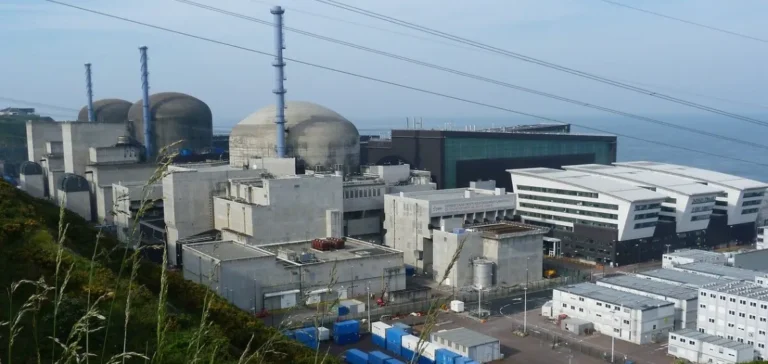The European Pressurised Reactor (EPR) at Flamanville, located in Normandy, was brought back online during the night of October 14 to 15, following a four-month interruption due to maintenance work on safety equipment. French electricity utility Électricité de France (EDF) confirmed the restart procedure began at 12:33 a.m., two days ahead of the originally scheduled date.
The restart follows the detection of sealing defects on two pressuriser valves during commissioning tests. These critical components ensure the system maintains a pressure of 155 bars in the reactor’s primary circuit, allowing efficient heat transfer to steam generators. The reactor shutdown was extended in July to allow technical intervention on these units.
Gradual power ramp-up under regulatory oversight
According to EDF, the power increase will proceed in stages, first reaching 60 % and then moving to 80 %, the latter requiring approval from the Autorité de sûreté nucléaire et de radioprotection (ASNR). The operator also announced tests involving power variation up to 75 MW in the coming days. The reactor’s nominal capacity of 1,620 MW is expected to be reached before December 21.
Unit Flamanville 3, first connected to the grid in December 2024, is the first new nuclear reactor to go live in France in over 25 years. Initially launched in 2007, the project was originally scheduled for commissioning in 2012.
Costs rise more than sevenfold in fifteen years
The Flamanville 3 construction has faced multiple delays and technical setbacks, significantly increasing its costs. Initially budgeted at €3.3bn ($3.5bn), the total cost is now estimated at €20.4bn ($21.63bn) in 2015 terms, and €23.7bn ($25.13bn) in 2023 terms.
A report from the Cour des comptes published in January confirmed these figures, highlighting the discrepancy between original estimates and actual expenditures. The cost overrun places Flamanville 3 among the most expensive energy infrastructure projects in Europe to date.






















